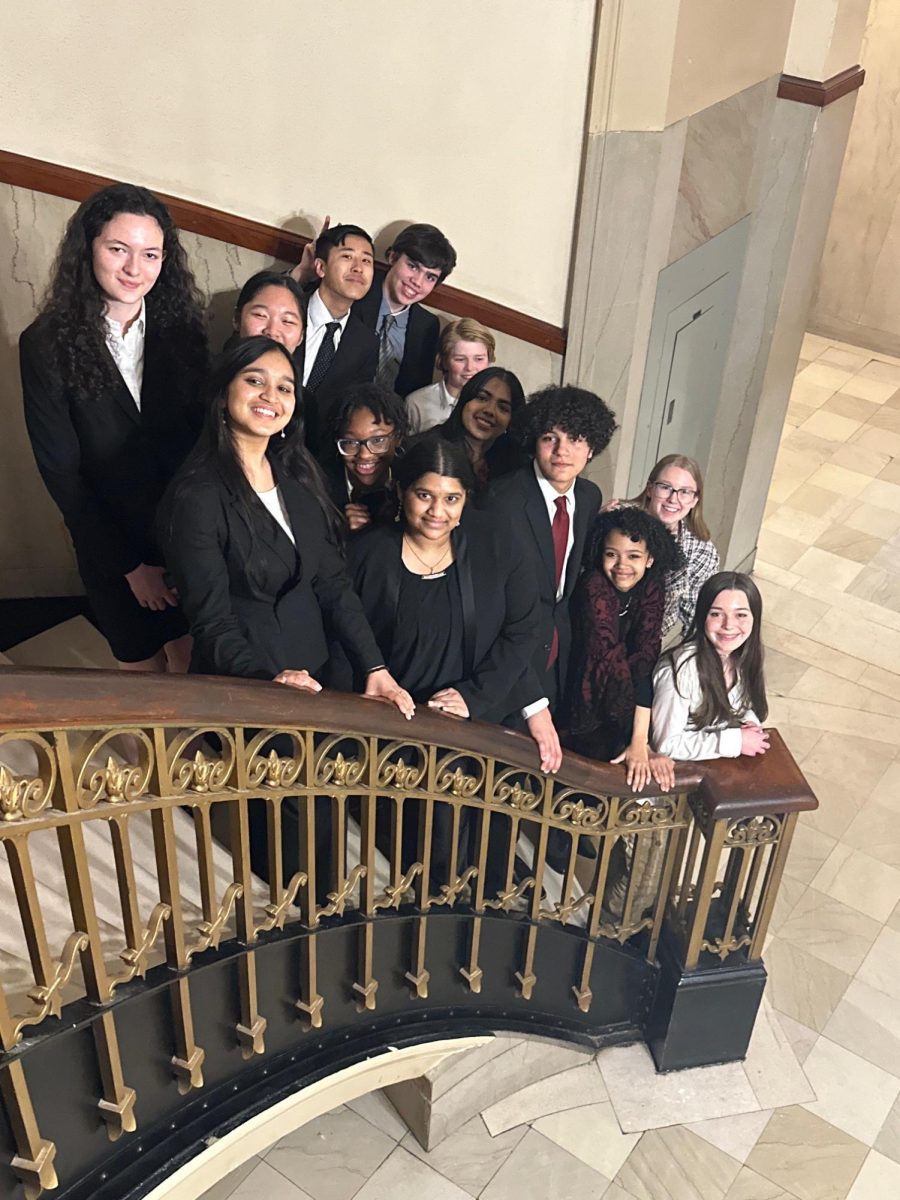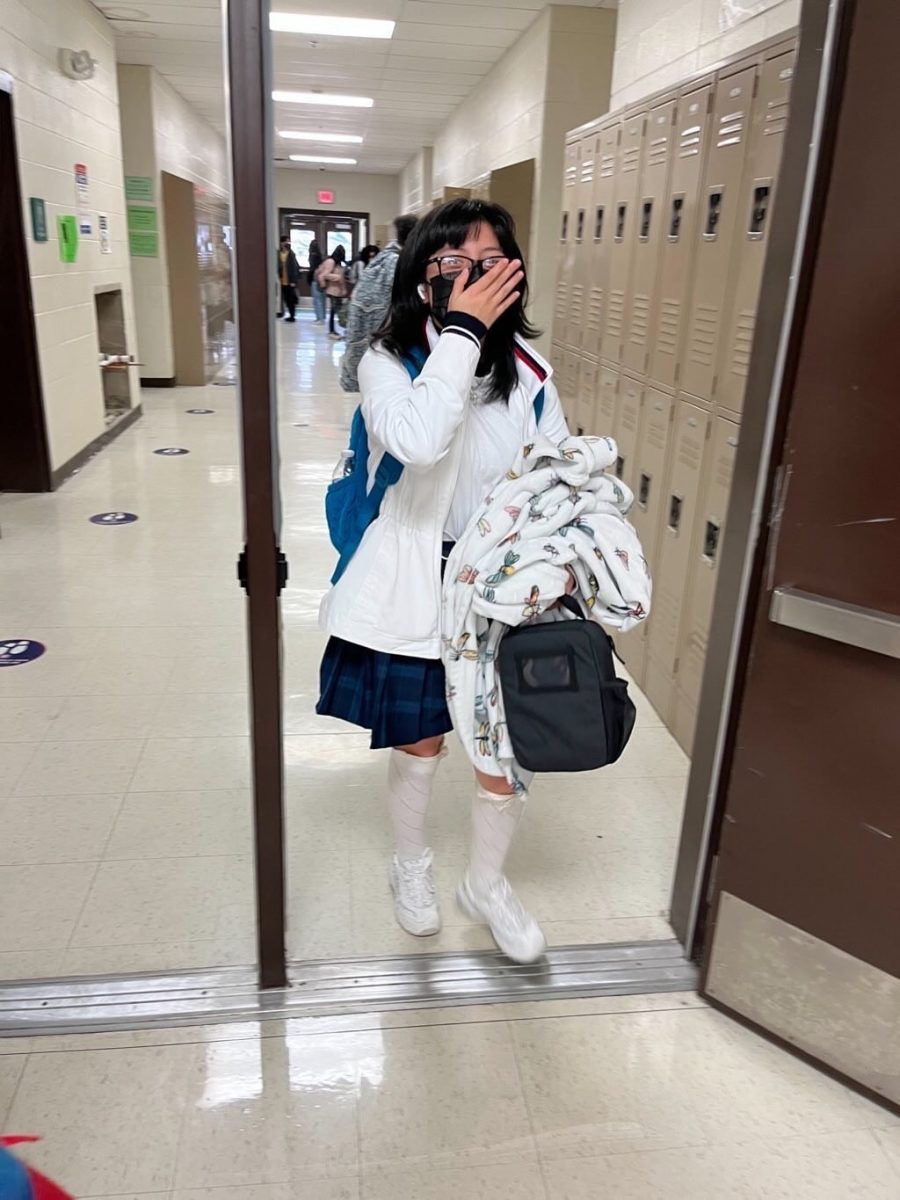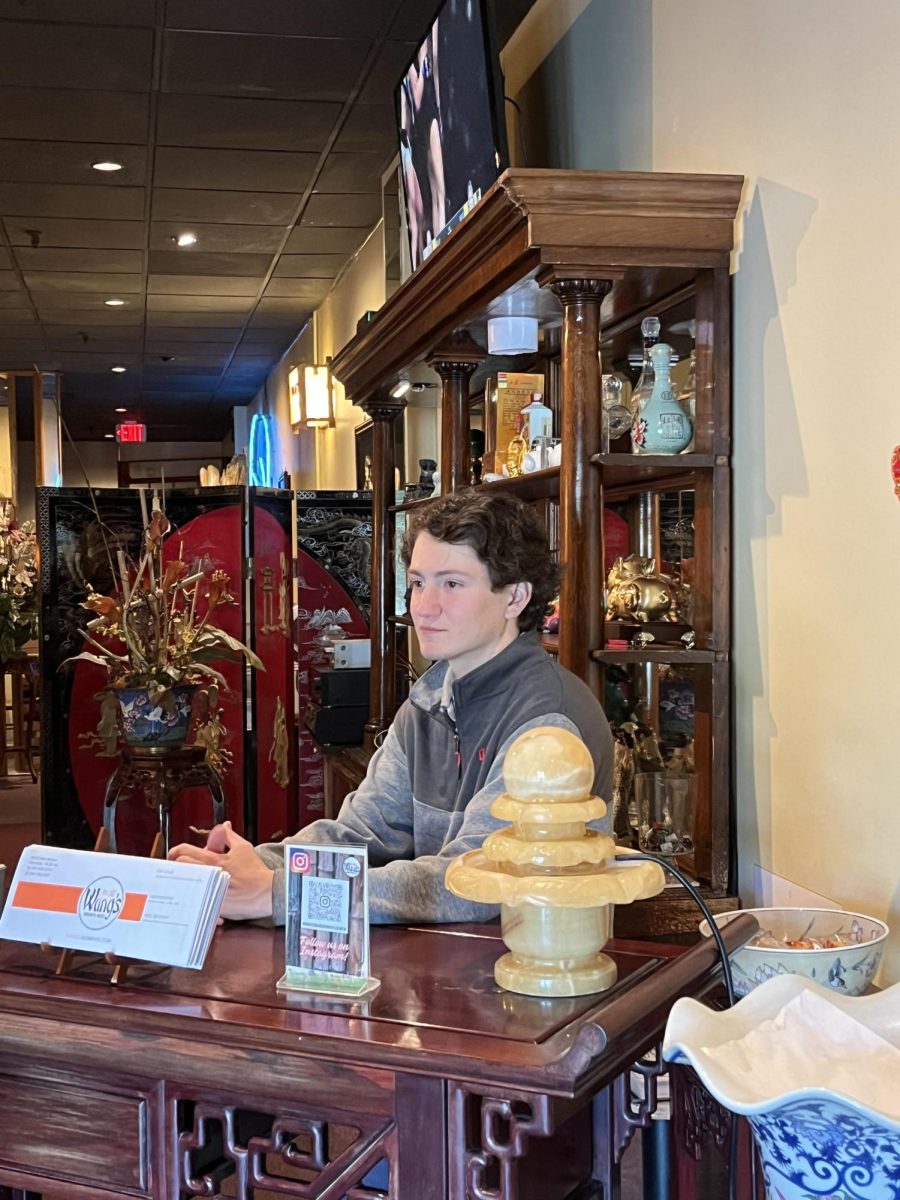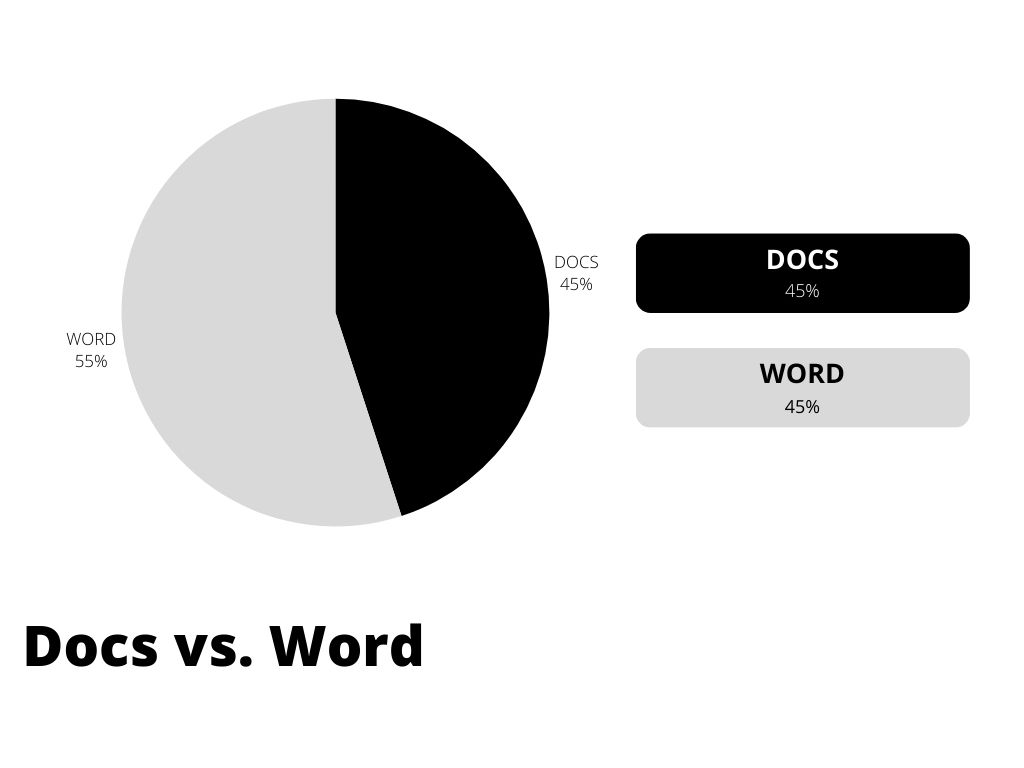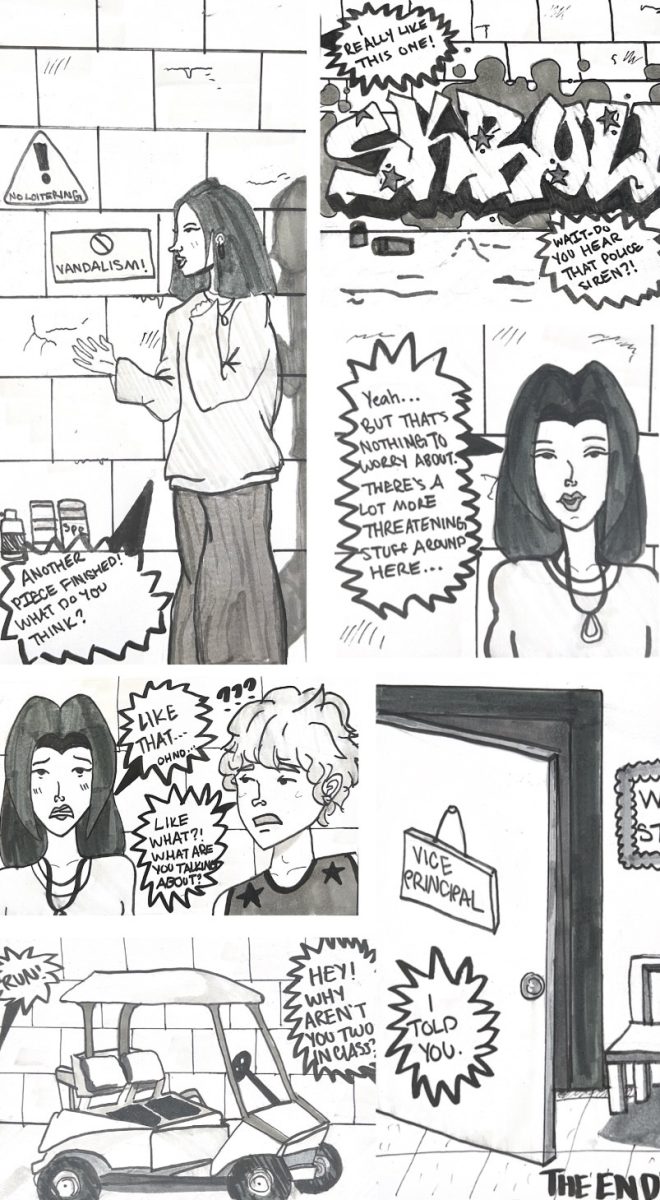Fact or Fiction: Reading into the future

I have many safe places, but my first was a book. I can remember being younger, hiding away in a corner, folding into myself and letting my book consume me. I was not reading non-fiction. I was reading fantasy, sci-fi, adventure, crime and romance novels – the genres that made me love reading.
With the new Common Core system, 50 percent of required reading in elementary and 70 percent of required reading in 12th grade must be non-fiction. This large percentage has caused teachers much concern. Although these percentages are cumulative and include every subject, let’s be honest: the majority of reading done across the country for the average school system is in English. Only English.
I have no problem with non-fiction; it expands the mind. There are phenomenal non-fiction books, like Laura Hillenbrand’s “Unbroken,” that some are lucky to read as a part of class. However, I do have a problem with its taking precedent over fiction, especially for younger kids.
It’s when we’re younger that we establish a love for reading; there aren’t many who suddenly morph into avid readers after teenage years. I fear this emphasis on non-fiction will further a society where people don’t like to read. They will look at it as a painful chore. They will never come to appreciate the raw power literature can have on the mind.
Then there is the logistics side of this 70 percent nonfiction standard. We need to read the classics: “Grapes of Wrath,” “Catcher in the Rye,” “Tom Sawyer,” and Shakespearean plays. Yet none of these are included in that 70 percent. There isn’t enough time. Think back to previous English classes – do you remember the teacher rushing through a book or even skipping one altogether? I do. In fact, this has happened in every single English class that I’ve had.
This is not the teacher’s fault. Teachers are required to make sure that we have a basic understanding of grammar, good writing skills, knowledge of analysis, and an understanding of the classic texts. They must perform a ridiculous amount of pointless tasks to keep up with a failing system. Then there is the beyond excessive testing perpetually interrupting a class’s syllabus. So curriculum writers add more. Let’s make teachers add in enough reading material to reach a 70 percent non-fiction rate.
Something has got to give.
This something should not be fiction. The majority of jobs in this world require reading. Sparknotes won’t always suffice; it barely does now. And yes, the readings we will do at work will probably be informational, so it would help if we held a love for reading in the first place. Fiction gives this, and Common Core might be killing it.
Your donation will support the student journalists of White Station High School. Your contribution will allow us to purchase equipment and cover our annual website hosting costs.

